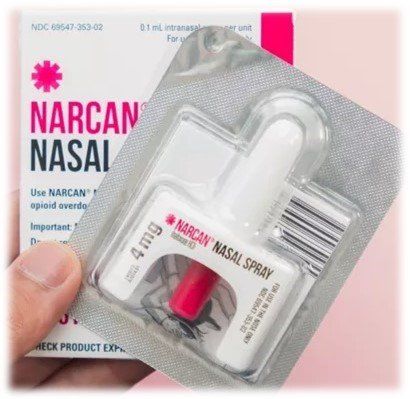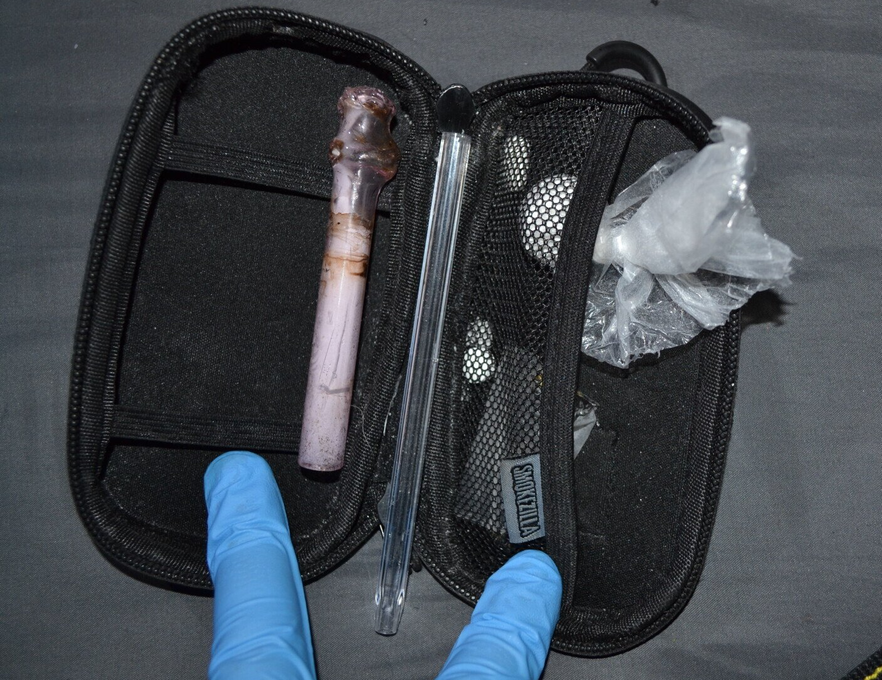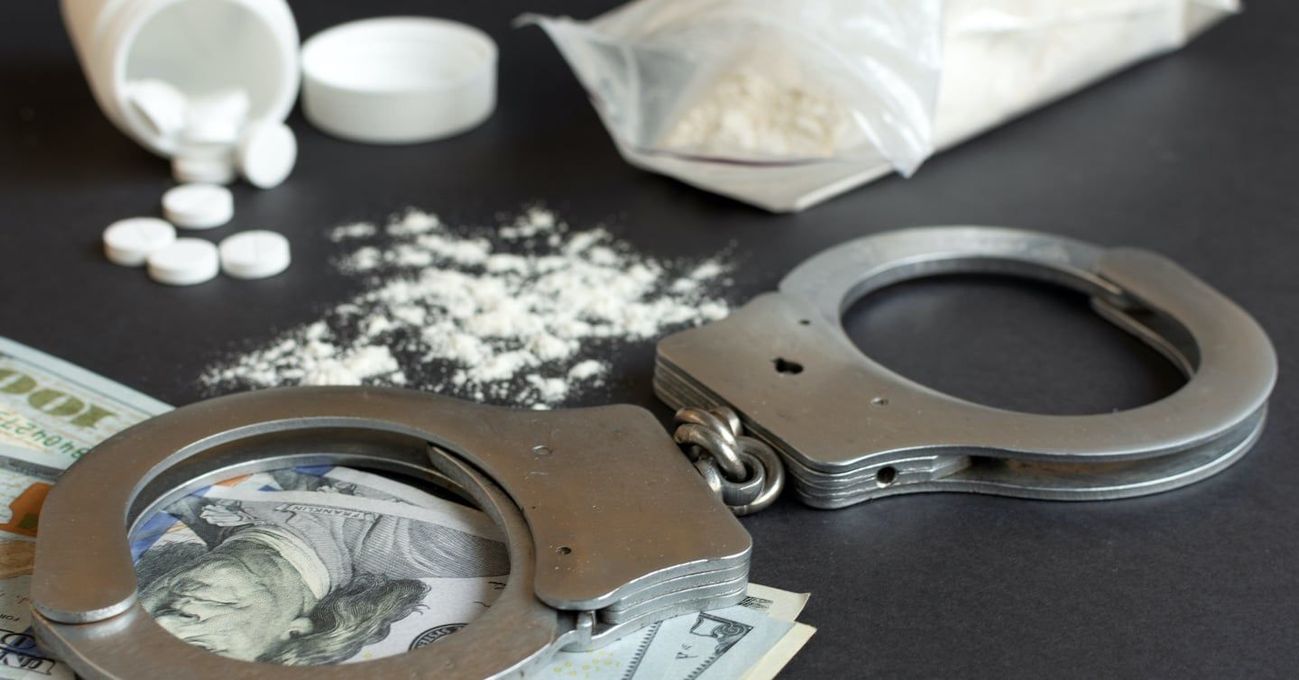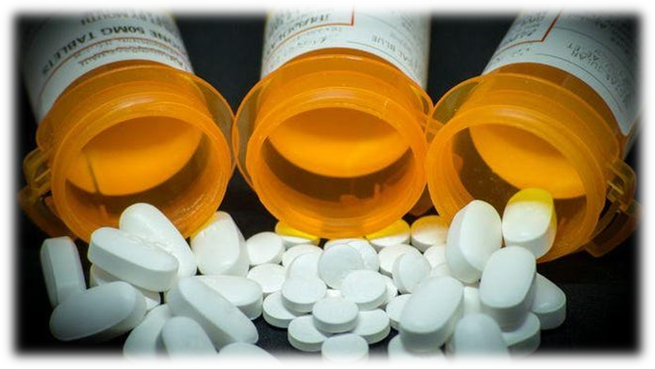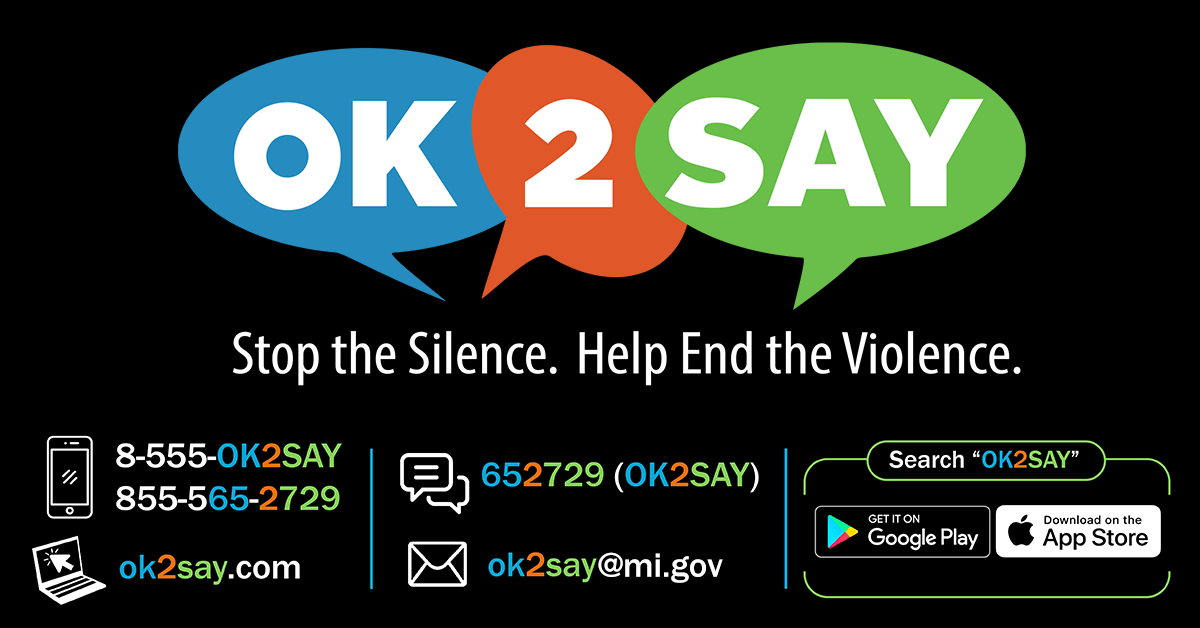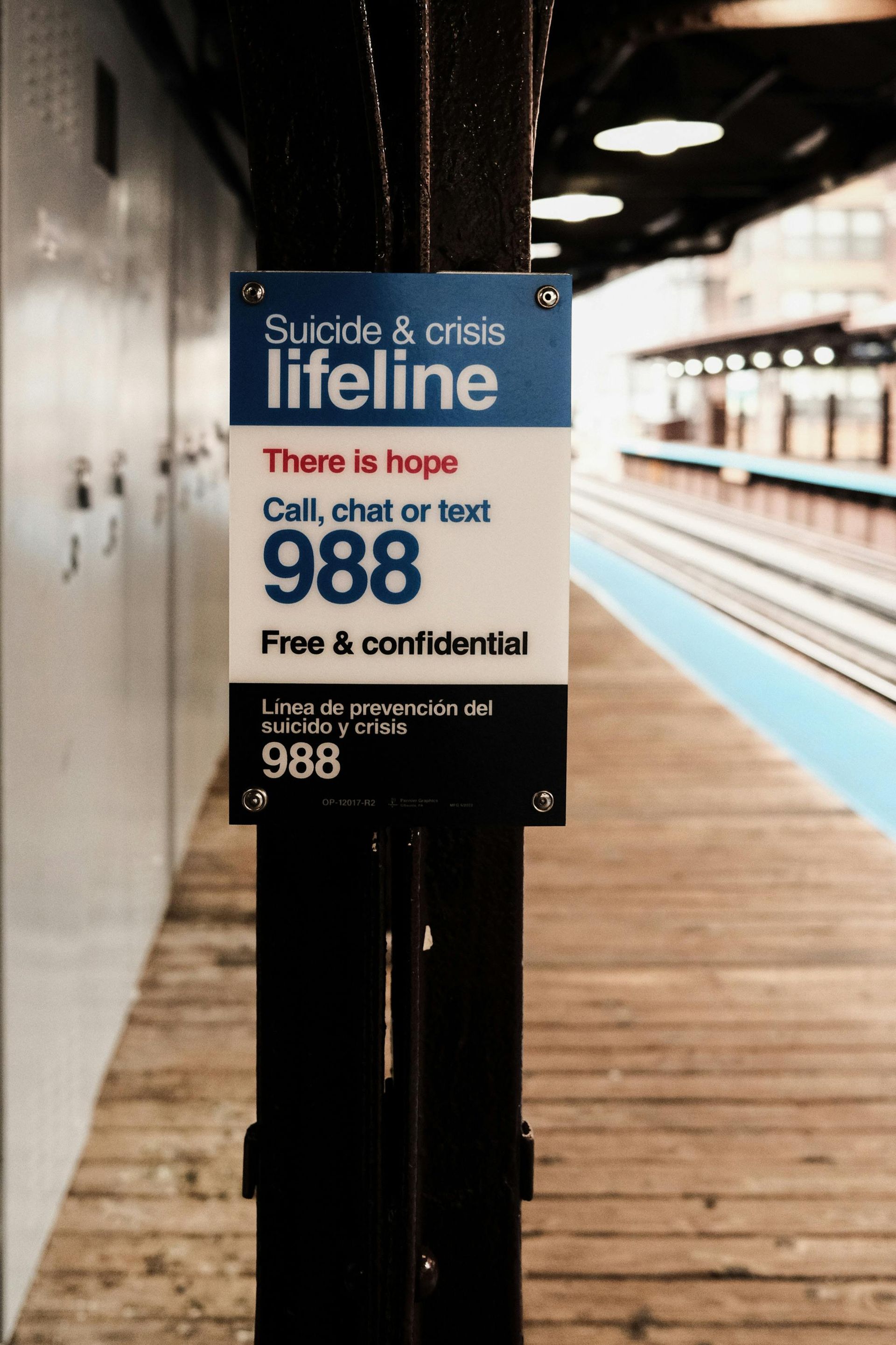TRAVERSE NARCOTICS TEAM
Contact us at any time
Contact us any time
Drugs of Abuse Resource Guide 2024
The Drug Enforcement Administration has released this Drugs of Abuse resource guide that delivers clear, scientific information about drugs in a factual, straightforward way. With the information in this guide, parents and caregivers can help their children make smart choices and avoid the consequences of drug abuse. This publication covers topics including the Controlled Substances Act and introduces drug classes including narcotics, stimulants, marijuana/cannabis, inhalants, steroids, and more.
Comprehensive Crisis Services
Michigan Department of Health and Human Services in partnership with stakeholders across the state is developing a crisis services system for all Michiganders. This system will have three primary components: central crisis line (MiCAL/988), mobile crisis, and crisis stabilization units.
Access the full directory with the button below.

